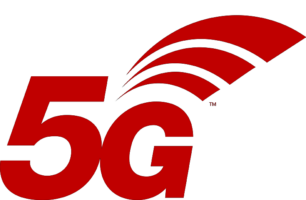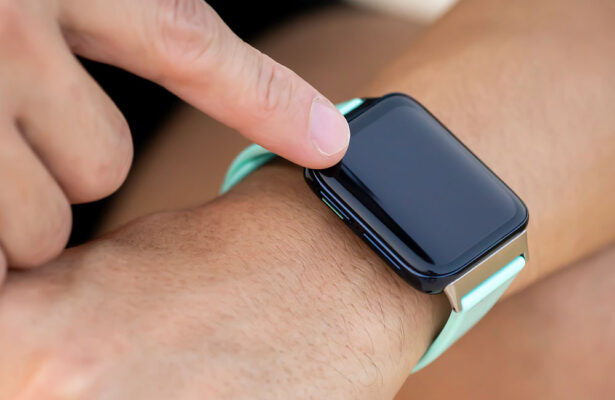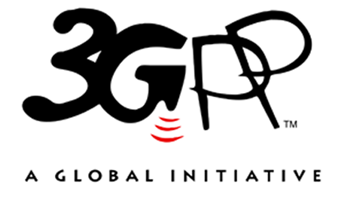5G RedCap: The Role of RedCap in 5G’s Evolution
By Safi Khan
September 22, 2023

Launched in mid-2022, 3GPP Release (Rel) 17 introduced reduced capability (RedCap) 5G New Radio (NR). In some ways, 5G RedCap seeks to cover the needs currently met by LTE Cat 1 through Cat 4. It’s a light version of the 5G standard.
5G RedCap is designed for use cases in which ultralow latency isn’t essential, but reasonable throughput is needed to support data flow for next-generation applications. It’s useful for wireless industrial sensors, video surveillance and smart wearable technology.

While the capability for RedCap has arrived, it is taking longer to roll out widely. Some IoT industry players plan to incorporate RedCap technology in smart wearable products right away, particularly in smartwatches.
Until now, devices like smartwatches have typically connected to the internet via the user’s smartphone. However, the new products utilize RedCap to link directly to the cloud.
Other IoT developers and service providers are exploring 5G RedCap’s possibilities. They’re planning product development to coincide with new standards and needs. While 5G-enabled cellular modules are in process, the wider IoT market will likely have to wait longer for RedCap’s full development.
Capabilities with Rel 17 remain limited. Only with Rel 18 will the technology evolve to replace solutions in the cellular low-power wide-area network (LPWAN) segment currently carried seamlessly in 5G by LTE-M and NB-IoT.

3GPP Rel 18 is expected to bring further innovation in the IoT segment after its planned release in Q1 2024. This release will initiate a reduction in 5G capabilities for use with IoT devices. From there, it will take about a year to develop the chipset rating and another year to start bringing products to market.
The promise of 5G massive IoT will probably not begin to materialize until 2026 or later. Until then, most networks plan to continue serving IoT devices with 4G technology and focus 5G efforts on broadband applications.
While 5G at the IoT device level is at least a few years away, the new technology will still impact IoT deployments. It will enable stand-alone networks and fixed assets (e.g., gateways) that manage IoT sensor communications. Early 5G RedCap use cases, expected in 2024, will include consumer devices and some industrial applications.
Power companies expect to pursue early 5G adoption for the smart grid. Its lower latency and high bandwidth are more effective at helping systems detect and send feedback to the generator. These capabilities can regulate power generation and distribution. 5G technology might not reach smart meters until after Rel 18 since their latency needs are much lower.
By the end of the 2020s, cellular IoT could fully migrate to 5G as 4G gradually sunsets. Even now, the industry is preparing for this transition — moving away from legacy technology and toward newer standards.
Editor’s Note: This blog was originally published on 23 March 2022 and has since been updated.